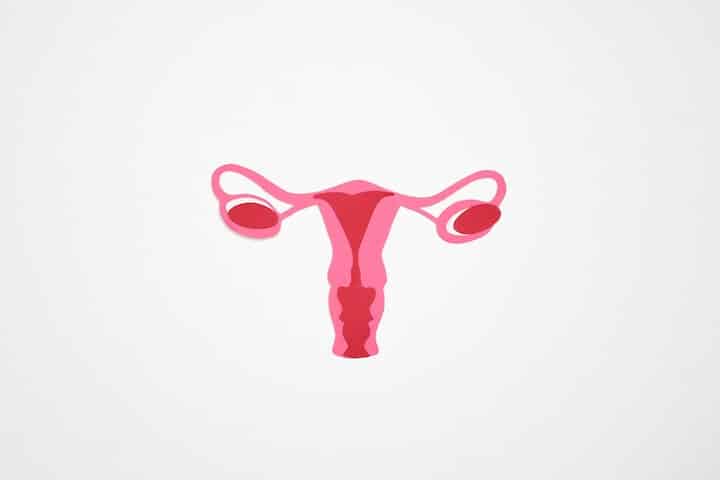Introduction
For decades, hysterectomy—the surgical removal of the uterus—was considered the primary and most effective treatment for uterine cancer. Says Dr. Scott Kamelle, while this approach remains vital in many cases, advancements in medical science have expanded the range of treatment options. Today, physicians can tailor care plans to the patient’s specific cancer type, stage, overall health, and personal preferences.
These modern approaches combine surgical innovation, targeted therapies, and minimally invasive techniques to improve patient outcomes while reducing recovery time. By moving beyond a one-size-fits-all solution, the medical community offers women more control over their treatment journey.
Understanding Uterine Cancer
Uterine cancer originates in the lining of the uterus, most commonly in the endometrium, which is why it is often referred to as endometrial cancer. Less frequently, it may develop in the muscle wall, a type known as uterine sarcoma. Risk factors include obesity, hormonal imbalances, family history, and certain genetic mutations such as those linked to Lynch syndrome.
Diagnosis typically involves a combination of pelvic examinations, imaging tests, and endometrial biopsies. Early detection greatly improves treatment success, making awareness of symptoms—such as abnormal bleeding, pelvic pain, or unexplained weight loss—critical. Once diagnosed, physicians assess the stage and aggressiveness of the disease to design the most suitable treatment plan.
Minimally Invasive Surgical Techniques
While hysterectomy remains a key treatment, modern medicine has refined how it is performed. Minimally invasive surgeries, including laparoscopic and robotic-assisted procedures, have transformed the patient experience. These methods require smaller incisions, reduce blood loss, and shorten hospital stays, allowing patients to resume daily activities sooner.
In some early-stage cases, fertility-sparing surgery may be an option. By removing only the cancerous tissue and preserving the uterus, women of childbearing age can maintain the possibility of future pregnancies. This approach requires careful selection and close follow-up, but it reflects the growing emphasis on personalized care in oncology.
Targeted and Adjuvant Therapies
Beyond surgery, targeted drug therapies are increasingly used to treat uterine cancer, particularly for advanced or recurrent cases. These therapies work by attacking specific cancer cell markers, limiting damage to healthy tissue. Hormone therapy can also play a role, especially when the cancer is hormone receptor-positive, helping to slow or stop its growth.
Radiation and chemotherapy remain important tools, often used as adjuvant treatments after surgery to reduce the risk of recurrence. In some situations, they are combined with newer immunotherapies that stimulate the body’s immune system to recognize and fight cancer cells more effectively. The combination of these treatments reflects a shift toward multi-modal strategies for optimal results.
Conclusion
The treatment of uterine cancer is no longer confined to a single surgical path. Advances in technology and medical research have introduced a range of options that can be tailored to the individual’s needs, cancer stage, and personal goals. From minimally invasive procedures to targeted therapies, these modern approaches not only improve survival rates but also enhance quality of life during and after treatment.
By understanding the breadth of available treatments and engaging in informed discussions with healthcare providers, women can make empowered choices about their care. The future of uterine cancer treatment lies in precision, personalization, and the continued pursuit of innovations beyond the hysterectomy.
